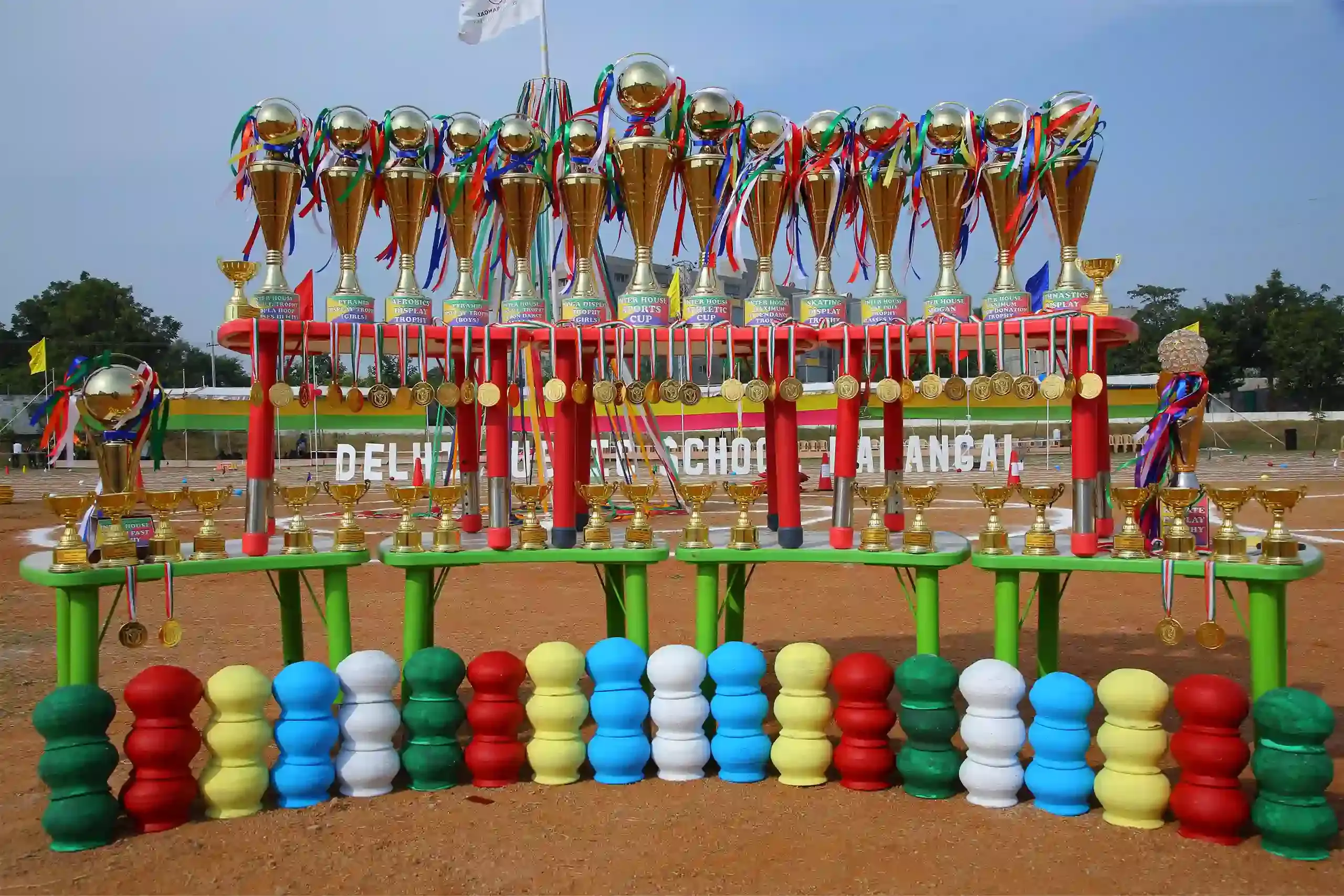Every family and adult’s orientation to sport varies on a number of factors. In India, while cricket spectatorship reigns supreme, sports on their own have a lesser number of takers. Many schools ensure there’s adequate focus on sporting activities, and competition through extensive facilities, sports fields, and lots more, available on campuses. India has produced many sports persons over the last several years. But, you can learn sports even if you choose not to pursue them as a professional athlete. Some of the sports you can pursue even as a student, and well after you finish schooling:
Sports for teens:
Sports for teens ideally should be focused on fostering strong communication skills, teamwork, and a sense of individual responsibility within a team, which helps the entire group achieve its collective goals. Through this shared vision, teens learn to work with others and work towards a common goal.
- Volleyball: Excellent for agility, and hand-eye coordination, volleyball is a good sport for those who want to strengthen their upper body. Like any game which is played with a team, it shows the importance of strategy, and each team member plays their part, in a designated spot.
- Cricket: Cricket has been the most popular sport in India. Playing cricket for competition and as a hobby has tremendous benefits. Cricket involves using muscle strength and the cardiovascular exercise and promotes overall health development. It also teaches the value of teamwork by helping children to know their environment and regularly interacting with other team members. It increases self-confidence, multi-tasking skills, stamina, and flexibility.
- Basketball: Demands a tremendous amount of flexibility, and reflexive action within moments. It’s a great game where one can improvise very quickly by observing one’s own actions and the opponent’s too. It helps a person develop their lower back, neck, deltoids, traps, and core muscles.
- Football: Considered almost like a religion in some countries, football is a great sport to watch and play at the same time. It brings to attention the importance of time and the development of non-verbal communication skills. Considered the 3rd most difficult sport in the world, it tests everything from speed, endurance, skill, and strength to hand-eye coordination, analytics skills, and lots more.
- Skating: An extremely valuable sport when it comes to improving balance, and coordination, there are many forms of skating available today –from ice skating, and roller-skating, to skateboarding –this sport has evolved dramatically over the years. It works pretty much all the muscle groups and provides great lessons in self-determination and confidence.
- Yoga: With teen minds and their restlessness, learning yoga at an early age helps with soothing themselves. By providing some calm with classical yoga, students practising yoga will find themselves not only physically strong but also mentally sharp, thanks to the discipline and focus yoga brings to one’s body. In addition, it also creates a space to bring mind-body awareness which is an important skill for everyone in life.
- Handball: Similar to all team sports, this one also helps one develop agility, cardiovascular health, and coordination, alongside team-building capabilities. While it improves overall upper body health, thanks to the vigorous amounts of running, it also ensures that kids run around to score.
Sports for pre-teens:
Sports for pre-teens should be oriented toward helping them feel a sense of confidence in their actions, movement, and decisions. By helping them develop a strong sense of agency in their own body and decision-making, we prepare them for more group-oriented activities in the later years of their childhood development.
- Swimming: One of the best sports to develop overall health, hand-leg coordination, and endurance in particular, it can be a particularly vigorous sport with an equally calming effect. Few schools offer swimming facilities that allow kids to learn this valuable life skill.
- Badminton: An excellent sport to develop super swift reflexes, endurance, and strategy, badminton is also useful to help children develop motor skills. Through the various game techniques, and grasps, kids, develop their grip skills and also learn to think about their approach to the game, encouraging a strong sense of independent decision-making that ultimately gives them confidence in other aspects of their lives too.
- Kho-Kho: An athletic game with roots in Indian tradition. Similar to playing tag, kho-kho focuses on agility, running skills, and stamina. Drawing from the concept of the chase, it gives the players a chance to explore their planning skills, too.
- Running: A lifelong passion for a student to develop, running is a sport that has communities globally. From developing strong coordination to well-defined musculature, this cardio activity is great for young students to find a degree of freedom and self-motivation in this sport
The world of sports offers many choices for both pre-teens and teens, and they all help in growing well-rounded individuals. Playing volleyball teaches teamwork, football builds toughness, and yoga brings calmness. Engaging in sports not only enhances physical well-being; but also teaches important life skills that prepare kids for a good future, making them healthy and smart.


